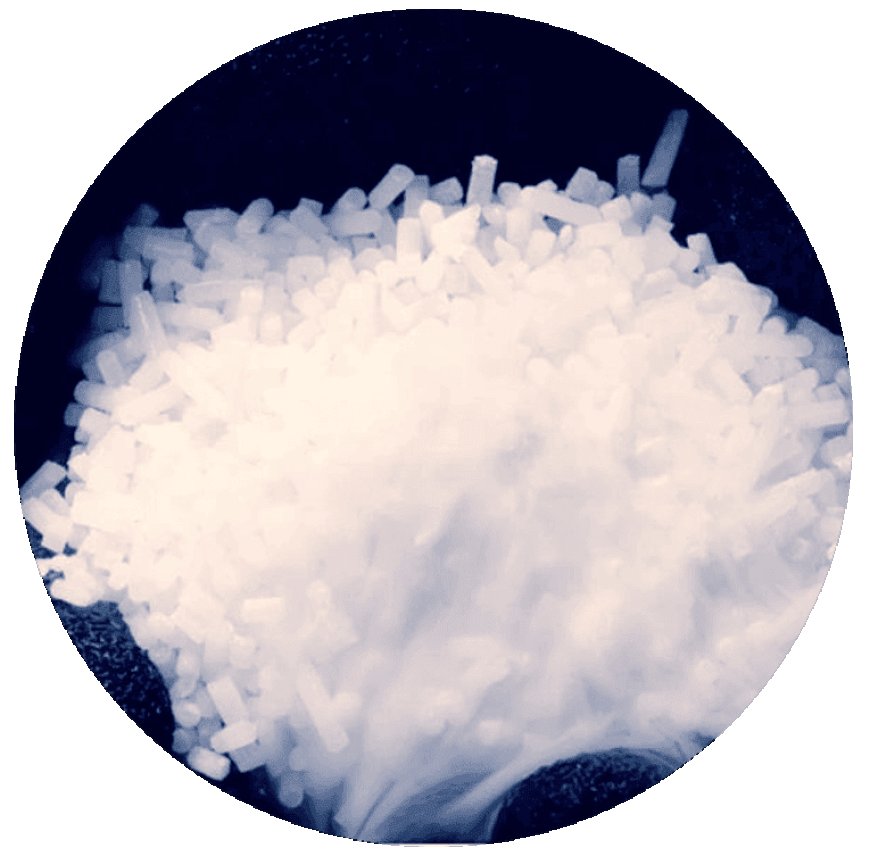Dry Ice Blasting: The Future of Clean Technology

Dry Ice Blasting: The Future of Clean Technology
What Is Dry Ice Blasting?
Dry ice blasting is a modern cleaning method that uses dry ice pellets as the cleaning medium. These pellets are made of solid carbon dioxide and are shot out at high speed using compressed air. When the dry ice hits the surface, it undergoes sublimation — the process where a solid turns directly into a gas without becoming liquid. This quick transition helps remove dirt, grease, paint, and other unwanted materials without leaving any residue behind.
The method is fast, non-toxic, and leaves no secondary waste. As a result, it has become a valuable tool in industries where traditional cleaning methods are not practical or safe.
How the Process Works
The process involves three basic steps: impact, thermal shock, and gas expansion. First, the high-speed impact of dry ice pellets loosens the contaminants. Next, the extreme cold of the pellets (about -78.5°C) causes the unwanted material to contract and crack. Finally, as the pellets turn into carbon dioxide gas, they expand rapidly and lift the particles away from the surface.
Unlike sandblasting or pressure washing, there is no moisture or abrasive grit involved. The only thing left behind after cleaning is the dislodged material itself, which can be vacuumed or swept away.
Key Benefits of Dry Ice Blasting
One of the major advantages of dry ice blasting is that it is non-abrasive. This means it won’t damage surfaces, making it perfect for sensitive machinery, electronics, and delicate historical items. It is also a dry process, which prevents issues like rust, corrosion, or electrical hazards associated with water-based cleaning.
Environmental friendliness is another strong point. Dry ice is made from reclaimed carbon dioxide, which does not add new CO₂ to the atmosphere. Also, since there are no chemicals involved, it’s safer for both workers and the environment.
Dry ice blasting is also efficient. It reduces the need for disassembling equipment, cutting down cleaning time and production downtime. It cleans in place, allowing industries to stay productive while maintaining hygiene and functionality.
Applications in Industry
Dry ice blasting is used in a wide variety of sectors. In the food and beverage industry, it helps sanitize production equipment without the use of water or chemicals, making it easier to meet health regulations. Because it doesn’t leave residue, there’s no risk of contaminating food products.
In automotive and aerospace industries, it is used to remove grease, paint, adhesives, and even soot without harming metal or plastic parts. It can also clean engine components, molds, and assembly lines.
For electronics and electrical industries, it offers a moisture-free solution that cleans circuit boards, wiring, and control panels without the risk of short circuits or corrosion.
Historical conservation is another niche where dry ice blasting shines. Museums and restoration teams use it to gently clean statues, buildings, and art pieces. Since it doesn't scratch or wear surfaces, it’s ideal for preserving heritage items.
Limitations and Safety Considerations
While dry ice blasting offers many advantages, it does have limitations. The cost of equipment and dry ice can be higher than traditional cleaning methods. Specialized training is also needed to operate the machinery safely and effectively.
Another concern is ventilation. Since the process releases carbon dioxide gas, it can lower oxygen levels in enclosed spaces. Proper airflow and gas monitoring systems are essential when using dry ice blasting in confined areas.
It may not be suitable for very porous surfaces or areas with thick, sticky residues. In such cases, other methods like chemical cleaning or abrasive blasting might be more effective.
Future Outlook
As industries seek greener, safer, and more efficient cleaning methods, dry ice blasting is expected to grow in popularity. Advances in technology are also making equipment more affordable and portable, allowing wider use in smaller businesses and facilities.
Research is ongoing into how the method can be combined with robotic systems for automated cleaning, especially in hard-to-reach or hazardous environments. This opens up possibilities in fields like nuclear decontamination, pharmaceutical production, and aerospace maintenance.
Conclusion
Dry ice blasting is an effective, eco-friendly, and non-destructive cleaning method that is changing how industries approach maintenance and sanitation. With applications ranging from food processing to historical preservation, it offers a powerful alternative to traditional cleaning systems. As more companies look for sustainable solutions, dry ice blasting is poised to play a key role in the future of industrial and environmental cleaning.
What's Your Reaction?
 Like
0
Like
0
 Dislike
0
Dislike
0
 Love
0
Love
0
 Funny
0
Funny
0
 Angry
0
Angry
0
 Sad
0
Sad
0
 Wow
0
Wow
0



































